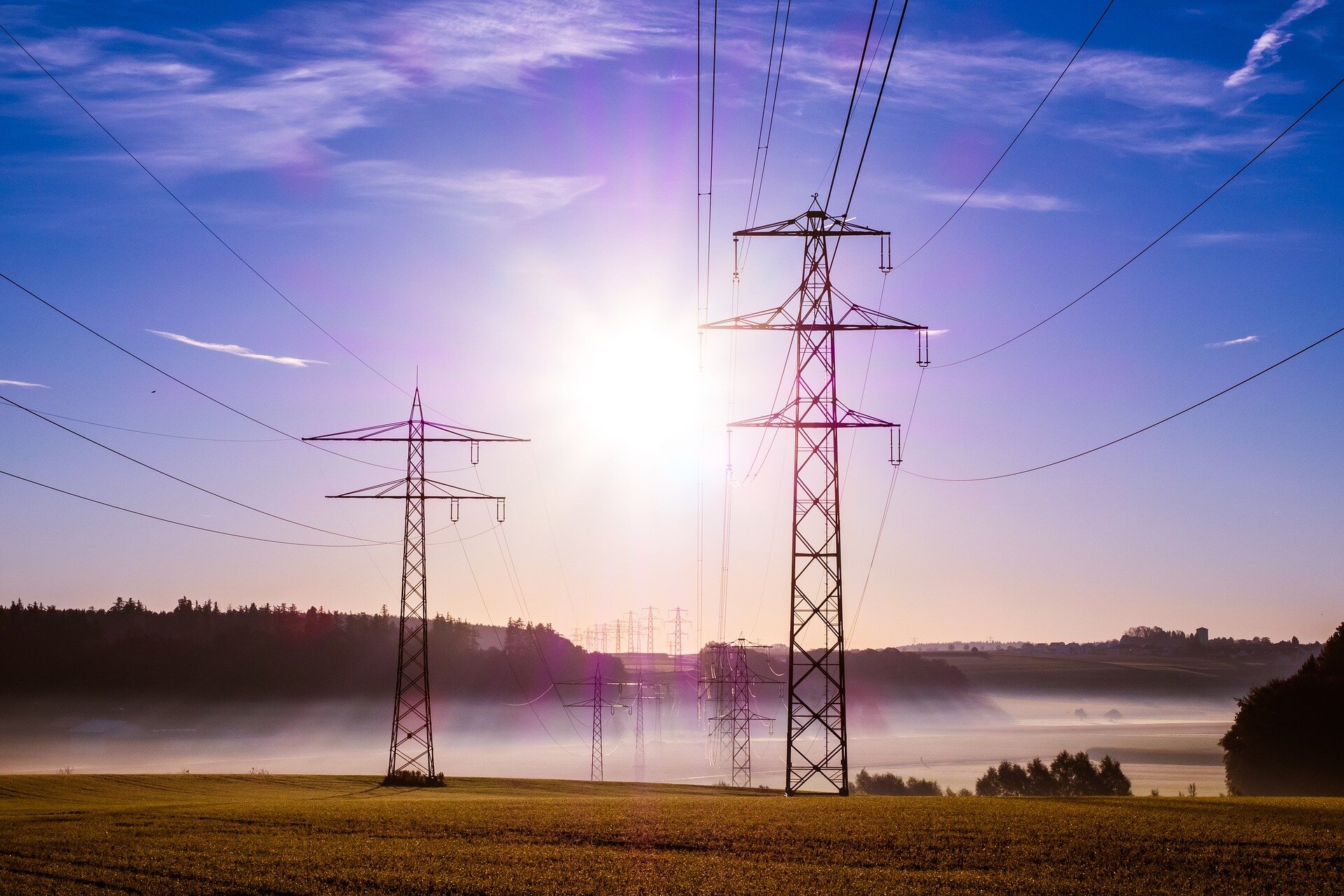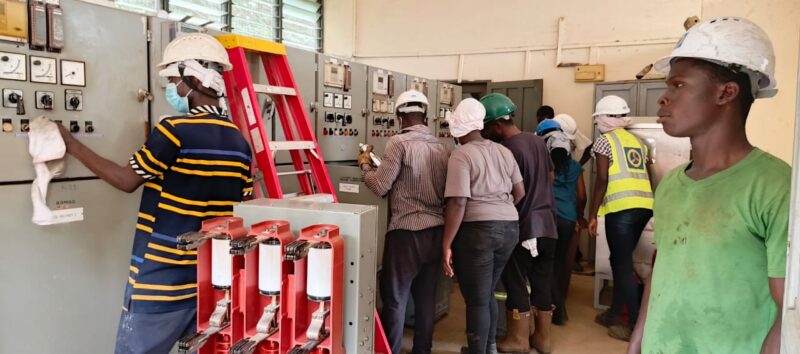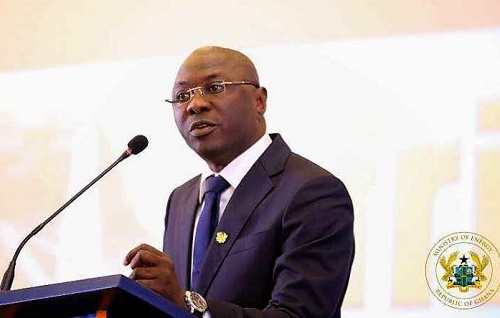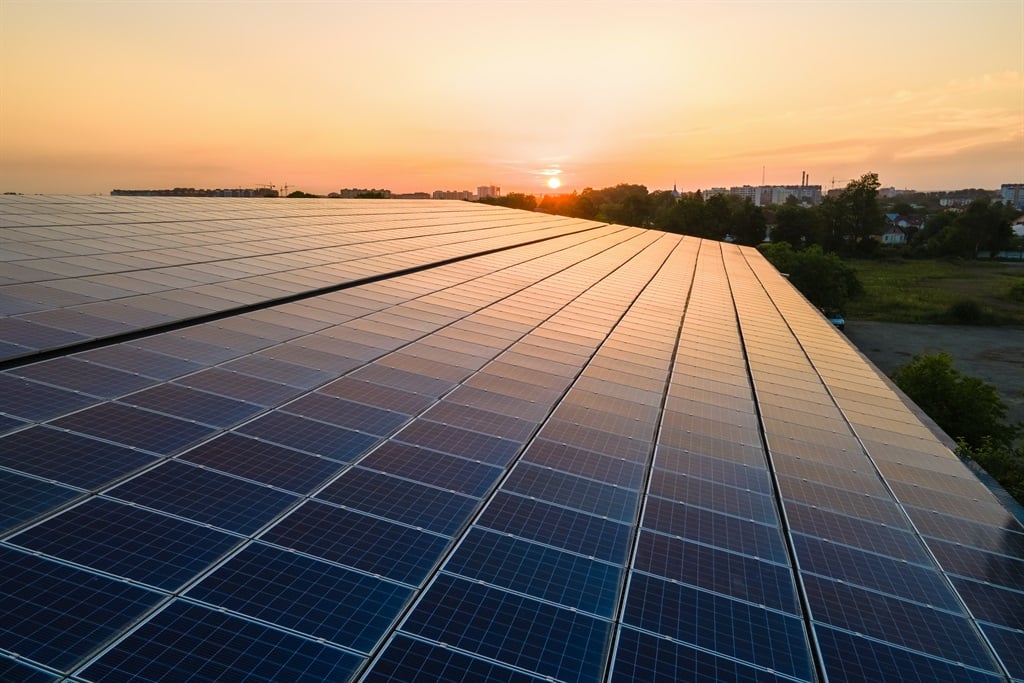- France’s former Manchester United defender Raphael Varane quits football
- Will the Davis Cup be Rafael Nadal’s ‘last dance’? Alcaraz hopes not
- Surging AI demand could cause the world's next chip shortage, research says
- How Apple and Microsoft’s trusted brands are being used to scam you online
- Southwest Airlines to cut service and staffing in Atlanta to slash costs
What do you believe is the single most important factor driving up the cost of living in Nigeria?

How US utility companies could double electric transmission capacity by 2035
Utility companies in the United States could double electric transmission capacity by 2035 by replacing existing transmission lines with those made from advanced materials, according to a new study published today in the Proceedings of the National Academy of Sciences.
Led by Duncan Callaway, professor and chair of the Energy and Resources Group (ERG), and Amol Phadke, an affiliate and senior scientist at the Goldman School of Public Policy, the first-of-its-kind study details a faster and more cost-effective way to expand the grid and connect the more than 1,200 gigawatts of renewable energy projects awaiting approval.
The analysis was first published last December as a working paper by the Energy Institute at Haas and has been covered by the New York Times, the Washington Post, Heatmap News, and other news outlets.
"Expanding transmission capacity is critical to decarbonization, and we sought to study ways to build it faster and cheaper," said Callaway.
It currently takes 10 to 15 years to build a new power line and the US is building transmission lines at a lower rate than it was in the past decade. Without sufficient capacity, renewable energy projects often sit in limbo for years as transmission operators study what upgrades—if any—are needed to accommodate the increased loads.

- September 22, 2024
ECG offers free maintenance services to KNUST

- September 22, 2024
Floods, landslides hit central Japan months after major quake

- September 25, 2024
We are on track to settle Trafigura debt despite circulating misconceptions

- September 19, 2024
Czechs to develop small nuclear reactors with Rolls-Royce

- September 20, 2024
Kimchi threat as heatwave drives up South Korea cabbage prices

- September 21, 2024
Belgian team wins S.Africa's 'most extreme' solar car race

- September 22, 2024
Snowfall in parts of the Eastern Cape

- September 25, 2024
Vivo Energy Ghana achieves outstanding safety milestone

- September 20, 2024
Solar on track for another record year - report


- September 24, 2024
Higher blends of biodiesel fuel could cut transportation emissions

- September 20, 2024
Investigating heat transfer for PEM fuel cell cooling channels
Subscribe to our mailing list to get the new updates!

Subscribe our newsletter to stay updated
Thank you for subscribing!


